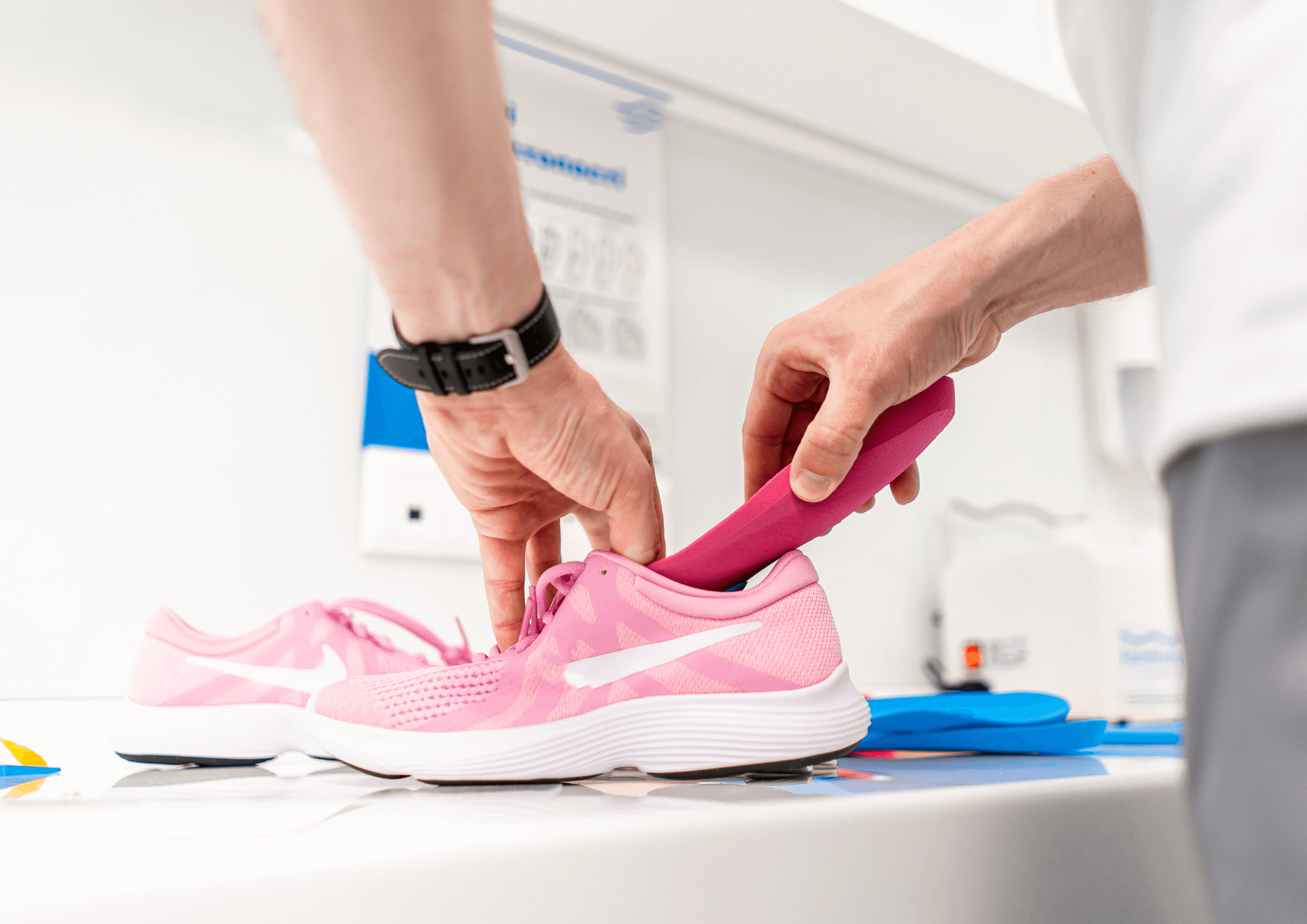Meeting the nutritional needs of the elderly can be a challenge due to a variety of reasons. These may include decreased appetite and/or ability to recognise hunger, difficulty chewing or swallowing, early satiety and decreased ability to see, smell and taste food. One way to address these challenges is to offer a variety of finger foods throughout the day. People with dementia may further struggle to meet their nutritional needs due to a variety of reasons, including:
- Increased energy requirements due to wandering.
- Forgetting to eat.
- Decreased ability to use cutlery.
- Wandering away from meals.
The benefits of finger foods
Promote independence and dignity
Residents who struggle to use cutlery, may avoid eating due to embarrassment or due to the increased time it takes. Finger foods provide an opportunity for residents to eat independently without the need for cutlery. This is especially helpful for people who struggle to use both hands. When offering finger foods, it is a good idea to keep hand wipes close by to maintain resident dignity.
Increase food intake
As most finger foods are served at room temperature, they can be made in advance and offered at regular intervals. This may better suit people who prefer to “graze” throughout the day. Residents who wander may also benefit from finger foods, as they can eat without having to sit down. Some residents may be put off by large meals, therefore finger foods can help stimulate appetite and increase their overall intake.
Reduce food wastage
Offering finger foods as an alternative to meals may help reduce food wastage, as residents can eat according to their appetite. Leftover finger foods can be stored in the fridge and offered later on, rather than being thrown away like a main meal. This can be useful for residents who get hungry outside of regular meal times, or for those who wander at night time.
Finger food ideas
Finger foods do not need to be limited to “party foods”, nor do they need to be time consuming to make. It is actually best if finger foods are based off the regular menu to ensure variety as well as decrease the workload for food service staff. Food from the five food groups can all be adapted and made suitable as finger foods.
Meat/Alternatives
- Bite/finger sized pieces of chicken, meat loaf, or sausages.
- Meat balls, hamburger patties, fish fingers, hard boiled eggs.
- Mini quiche, sausage rolls, and party pies.
- Spring rolls, dumplings, and pasties.
- Rolled up deli meats.
- Cut up omelette or frittata.
Dairy/Alternatives
- Cheese cubes and sticks.
- Ice-cream in a cone.
- Yoghurt/custard in a squeezy pack or tube.
- Smoothie or milkshake in a lidded cup.
- Frozen yoghurt on a stick or in a cone.
- Iced coffee/chocolate or flavoured milk.
- Mini cheesecake/tart.
Grains
- Point sandwiches and pinwheel wraps
- Toast fingers with dip/spread.
- Crumpets or English muffins.
- Pikelets or pancakes.
- Scones, cupcakes, doughnuts, or muffins.
- Dry breakfast cereal, biscuits, or crackers..
- Dinner rolls, mini pizza, or sliders.
- Arancini, pastries, or croissants.
- Muesli/cereal bars.
Fruit
- Banana or cut up fruit.
- Dried fruit.
- Orange or mandarin segments.
- Berries and seedless grapes.
- Fruit smoothie/juice in a lidded cup.
Vegetables
- Vegetable sticks.
- Potato wedges/fries.
- Broccoli/cauliflower florets.
- Berries and seedless grapes.
- Green beans, snow peas, sugar snap peas.
- Cherry tomatoes and button mushrooms.
- Corn and vegetable fritters.
- Vegetable slice/frittata.
What about texture modified diets?
It can be challenging to offer finger foods that are suited to texture modified diets. Consider blending meat, grains (such as barley and pasta), and vegetables into soups to make them more nutritious, before serving them in a lidded cup. An added bonus if you can add milk or cream to the soup! Fillable squeezy pouches (reusable or disposable) may also be useful for those who require texture modified finger foods.
If you are concerned about your residents’ nutrition and food intake, send a referral through to your Plena Healthcare dietitian.



